May Day in France (Labour Day or Fête du Travail) occurs on the 1st of May. It is a date full of symbols in France and Europe. For many French people, it is the day of demonstrations and trade union protests.
On May 1st, trade unions and various political parties block the streets of Paris and the major cities of France.
May Day in France is symbolised by lilies of the valley (‘muguet’ in French). Let’s learn about the origins and traditions of this significant celebration in France.
May Day in France has many names:
- la Fête du Travail (Labour Day)
- la Fête du Muguet (Lily of the Valley Day)
- Or simply le Premier Mai (the 1st of May).
🎦 Watch our short video on May Day in France:
The Origins of May Day in France
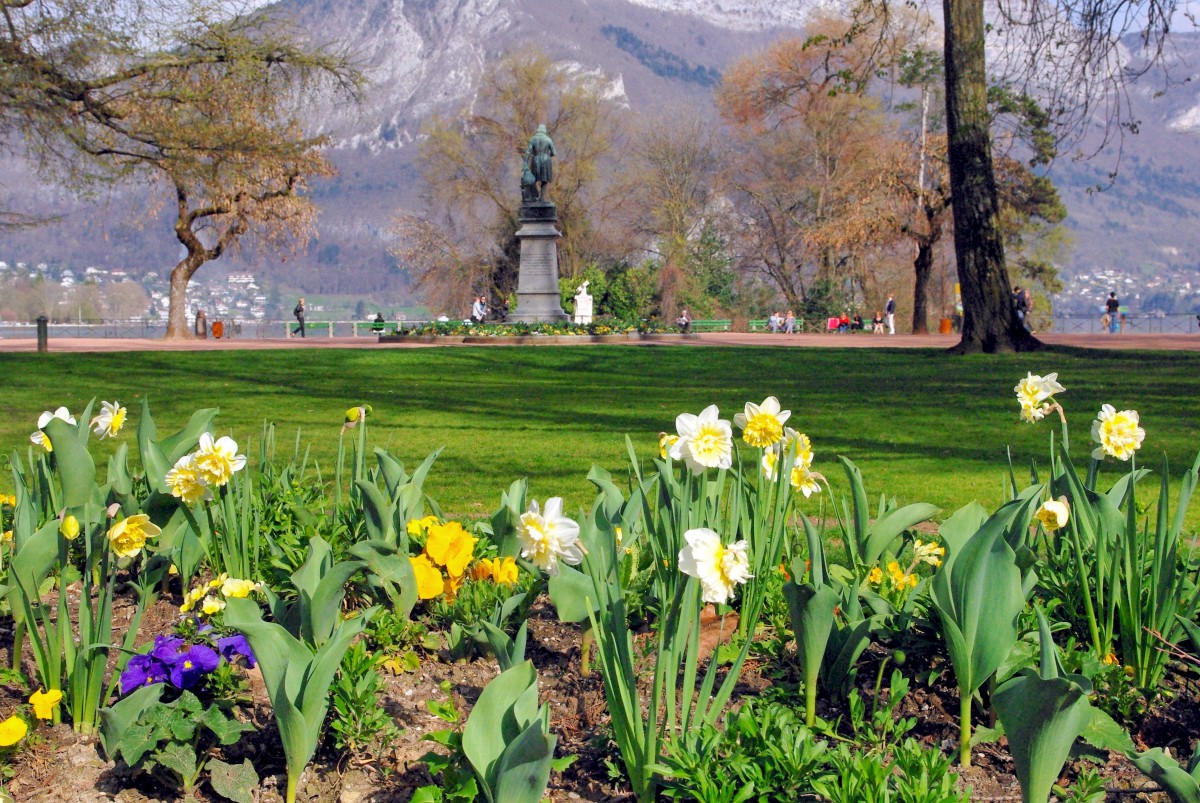
In Celtic tradition, the 1st of May is the day of the Gaelic May Day festival of Beltane, when the Celts changed from the dark season to the light season.
In the ancient Germanic tradition, the 1st of May was the day after Walpurgis night (in French: la nuit de Walpurgis, in German: Walpurgisnacht).
Indeed, pagan celebrations occurred on the night of 30 April to 1 May throughout northern and eastern Europe since ancient times. People sometimes referred to it as the witches’ sabbath. The Church prohibited the celebration!
The Walpurgis night is mainly a symbol of the end of winter, sometimes associated with planting the May tree or lighting large fires.
May Day is thus the opposite springtime counterpart of the autumnal Samain or Halloween, which takes place exactly six months earlier.
What is the origin of May Day as Labour Day?
It all started in 1886 in the United States. In May 1886, American workers demanded an eight-hour day. The worker’s protest led to a bloody strike at the McCormick factories in Chicago. As a tribute to this memorable strike in American history, the workers of France demonstrated it on the 1st of May 1890. They demanded a triple claim:
- 8 hours of work,
- 8 hours of sleep,
- and 8 hours of leisure.
The French government officially signed the “eight-hour day” law in 1919.
Only later, in 1936, the May Day demonstrations peaked and became a symbol of social demands. Following the protests of May 1936, Léon Blum’s government adopted significant social measures:
- the 40-hour week (la semaine de 40 heures),
- the first two weeks of paid holidays (les congés payés),
- and the recognition of trade union rights (le droit syndical).
May Day was renamed Fête du Travail (Labour Day) in 1941 under the Vichy regime and became a paid public holiday in 1947.
A trade union holiday and an hommage to Joan of Arc
May Day in France has historically been a trade union holiday and a workers’ holiday. But for several years, May Day has also taken on political colours.
For example, the Rassemblement National (a far-right party) has appropriated May Day since 1988 as a rally in honour of Joan of Arc. The party wants this symbol of French patriotism to replace the image of the workers’/trade union on the 1st of May.
Since then, trade union demonstrations and their demands have also had an anti-RN connotation. This is how we find politicians in the streets, in addition to trade unionists.
However, this labour, trade union, and political tradition are combined with old traditions linked to spring, such as the May tree or the lily of the valley.
The tradition of the May tree
The name comes from the Latin maius (the month of May), which refers to Maia, a Roman goddess of fertility and spring.
The May tree (arbre de Mai or mai), a Catholic tradition practised since the 16th century, is topped with ribbons and flags.
In the night, the young people placed maypoles:
- in front of the doors for young girls to be married,
- and sometimes on the public square in honour of newly elected officials (as elections occur in April in France).
In some regions of France, the laying of May trees still takes place.
Lily of the Valley and May Day

What is the lily of the valley?
The lily of the valley is a woodland plant found in the mild temperate parts of France. The flowering stems are easily recognisable with their two leaves. The sweetly scented white flowers are bell-shaped and grow in late spring, around the end of April and the beginning of May, in shady locations.
The lily of the valley is the lucky charm of the day and the symbol of May Day par excellence. The small bell-flower is picked in the woods or bought from roadside stands. As a sign of good luck, we give the people we love in France a sprig of Lily of the Valley.

The Legends of the Lily of the Valley
The lily of the valley is the subject of several myths.
- The flower came from Eve’s tears when she was forced to leave the Garden of Eden.
- The flower originates from the tears of Jesus’ mother, Mary, at the Crucifixion.
- The Greek god Apollo created it to cover the floor and protect the feet of his nine muses.
The tradition of offering lilies of the valley
The tradition of offering a sprig of lily of the valley as a sign of good luck dates back to 1st May 1561.
That day, the King of France, Charles IX and his mother, Catherine de’ Medici, visited the Drôme region. Knight Louis de Girard gave the Royals a lily of the valley sprig he had picked in his garden.
In return, the young King made it a spring symbol and offered it to all the court ladies.
The years passed, and it was not until the 20th century that the Lily of the Valley was associated with Labour Day. When the 1st of May became Labour Day under the Vichy regime, the red rosehip, then a symbol of the Left party, was replaced by the lily of the valley.
At the beginning of the 20th century, it became customary on the 1st of May to give a bunch of lilies of the valley to relatives, friends or work colleagues. The flowers are a more general token of appreciation between people. A school pupil might offer a bunch of lilies to his/her favourite teacher.
Picking lilies of the valley in the forest

The French State tolerates individuals and workers’ organisations that sell them free of taxation. When driving around the country, it is not rare to see roadside stands or people selling wild lilies previously picked fresh in the forests.
For families living near the countryside and forests, gathering a beautifully fragranced bunch of valley lilies is a good afternoon outing on Sunday (or Labour Day). Back home, the bunch is put in a vase to decorate and perfume the room.
A delicate flower…

The Lily of the Valley is subject to seasonal weather variations in spring. In 2011, white bells were rare and relatively expensive to buy. This was due to an early spring season and too much sun in March and April. Consequently, the delivery of the wildflowers to the French wholesalers was down by 40% – 50%.
Facts and Figures about the Lily of the Valley in May
Figures from 2019
- In 2019, French households spent 22 million euros on the lily of the valley.
- 2.3 million households in France bought it, i.e. 8% of households.
- The average price of a sprig of Lily of the Valley was 7.2 euros.
- 91% of lily of the valley sprigs were offered as a gift.
- 51% of the lily of the valley sold was in sprigs or bouquets, against 49% in pots.
- 38% of French people buy it at the end of April, 57% on the 1st of May and 5% after the 1st of May.
- 31% of the French bought it from florists, 25% from supermarkets, 11% from markets, 9% from nurseries,
- 4% from farms and 20% from other places (e.g. temporary roadside stands).
- 80% of Lilies of the Valley’s production originates from the Nantes region.

Lily of the Valley and the Pandemic
The Pandemic and the lockdowns of 2020 and 2021 have weakened part of the lily of the valley industry. For example, the département of Haute-Vienne, which had 74 florists, recorded seven business cancellations in 2021 against four creations.
In 2020, the French government banned florists from selling lilies of the valley outside their shops in a unique and controversial move.
Then, on Saturday, the 1st of May 2021, associations and private individuals could sell lilies of the valley on the public highway, provided that they respected the health constraints:
- travel restrictions of 10 kilometres around the home
- picking times (between 6 am and 7 pm).

It happened on the first day of May
- 1245: Birth of Philip III of France, known as Philip the Bold, King of France from 1270 to 1285 (died on 5 October 1285).
- 1539: Death of Isabella of Portugal, Empress of the Holy Roman Empire, wife of Charles V (born on 24 October 1503).
- 1633: Birth of Sébastien Le Prestre de Vauban, minister of Louis XIV (died 30 March 1707).
- 1731: Death of Johann Ludwig Bach, German composer (born on 4 February 1677).
- 1789: Convocation of the Estates-General in France.
- 1878: Inauguration in Paris of a new universal exhibition that includes the newly-built Trocadero Palace.
- 1886: The American Federation of Labor calls for an eight-hour workday, and 350,000 workers strike in the US. The Haymarket Square massacre in Chicago is the culmination of this day of struggle and a significant element in Workers’ Day’s history on 1 May.
- 1889: First international workers’ day of protest, instituted by the Second Workers’ International, thus adopting May Day as a day of protest.
- 1907: In Paris, the city council voted on 6 June 1906 to make May Day a public holiday. This was the first time it was implemented as such.
- 1916: The term jazz is recognised in the United States as describing a musical style.
- 1930: The dwarf planet Pluto receives its official name.
- 1931: President Herbert Hoover inaugurated the Empire State Building in NYC.
- 1953: The European Coal and Steel Community (ECSC) comes into force, the first step towards the European Union.
- 2004: The European Union welcomes ten new members (Cyprus, Czech Republic, Estonia, Hungary, Latvia, Lithuania, Malta, Poland, Slovakia and Slovenia). It now has 25 Member States.
Find out more!
- The French nursery rhyme Voici le mois de mai on the blog
- Another French song: Le temps du Muguet
- Holidays and Celebrations in France on the blog
- The page on the 1st of May on Wikipedia











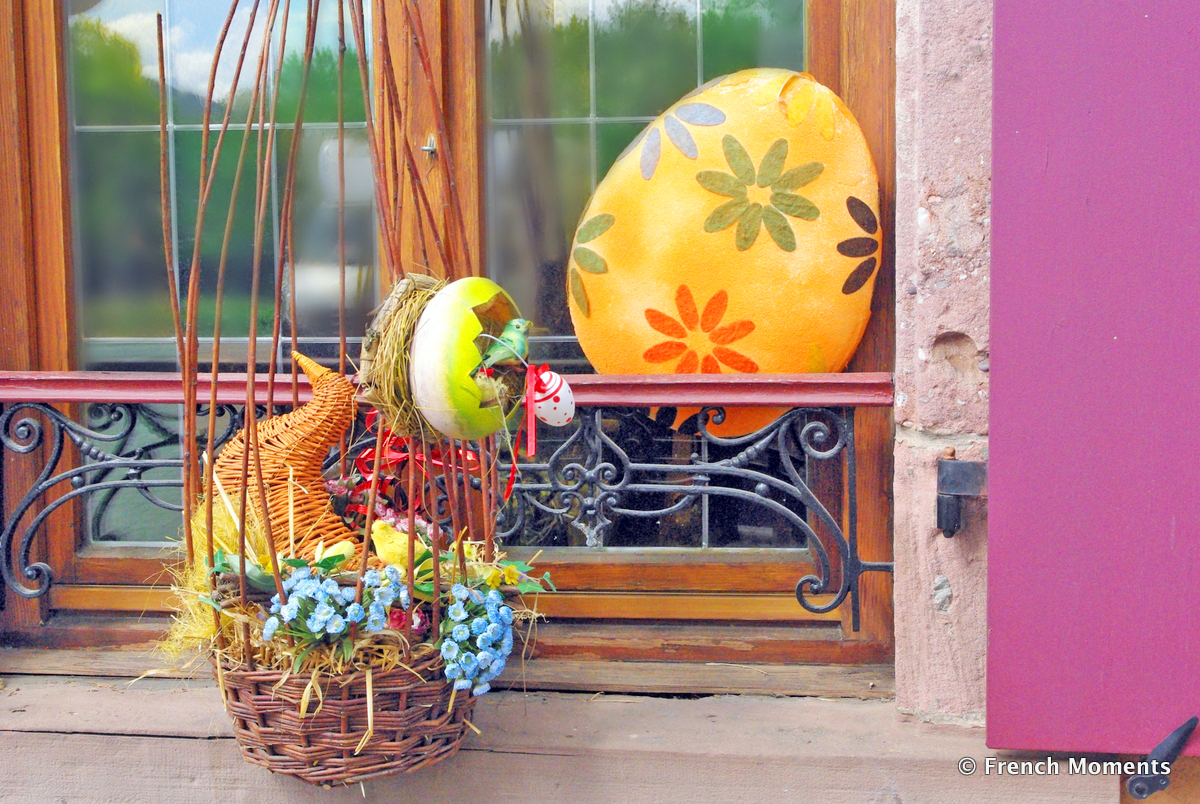






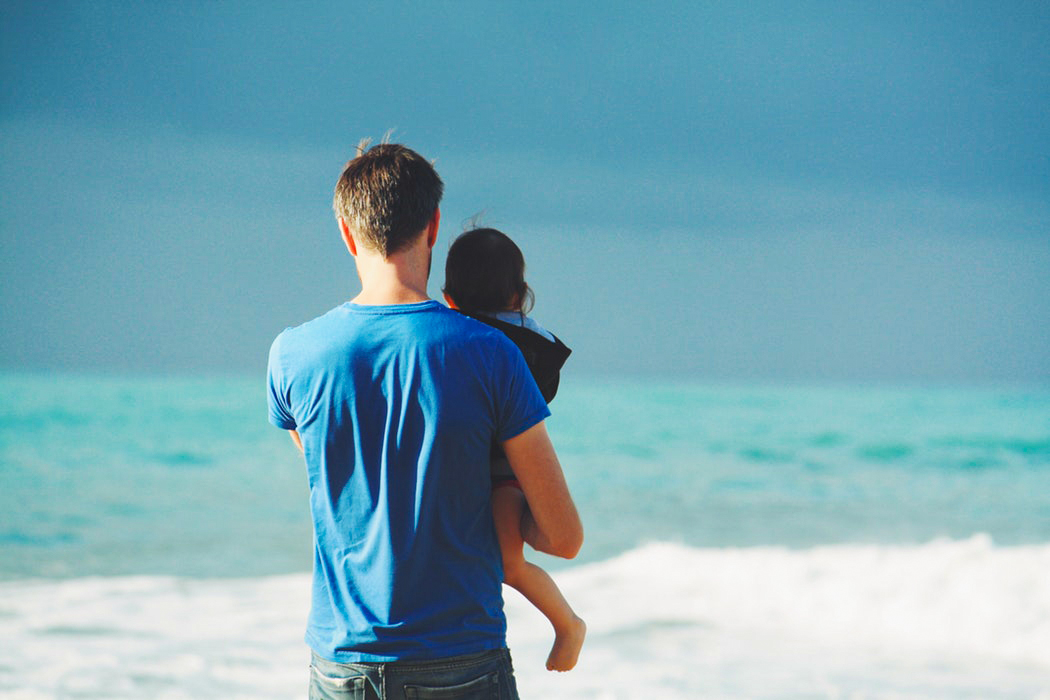



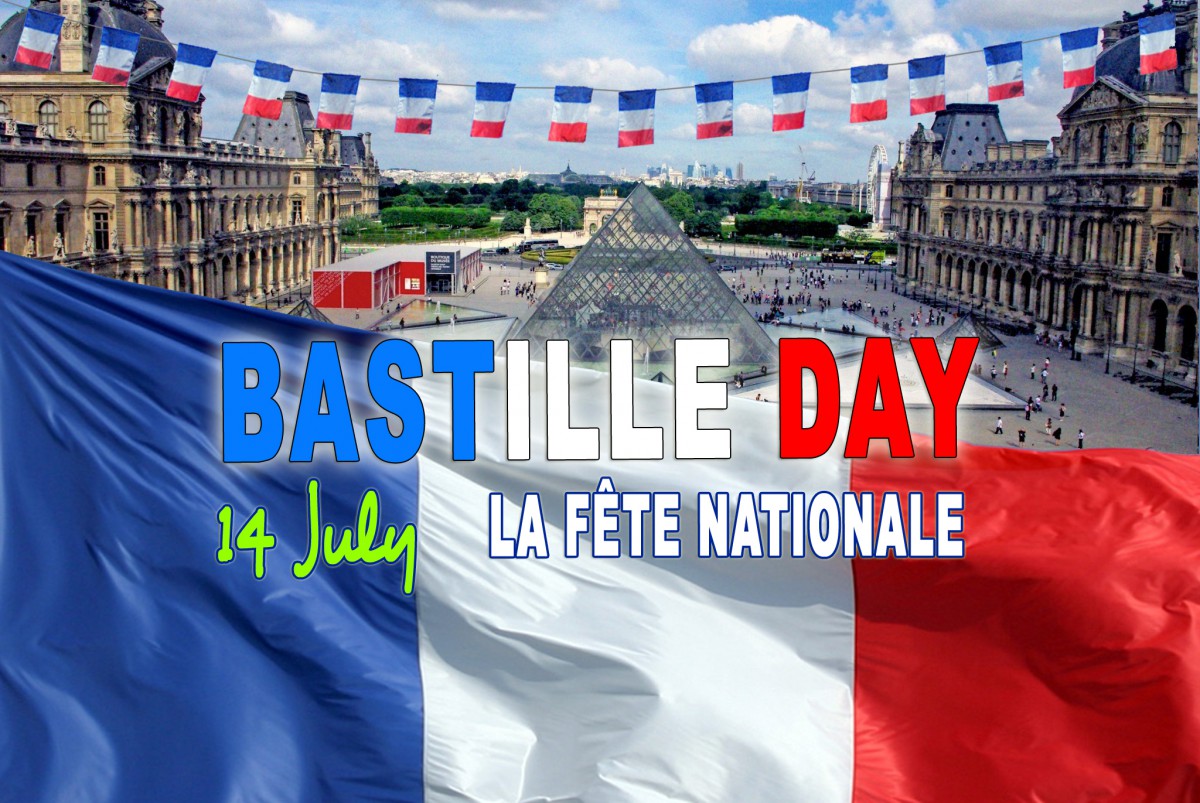






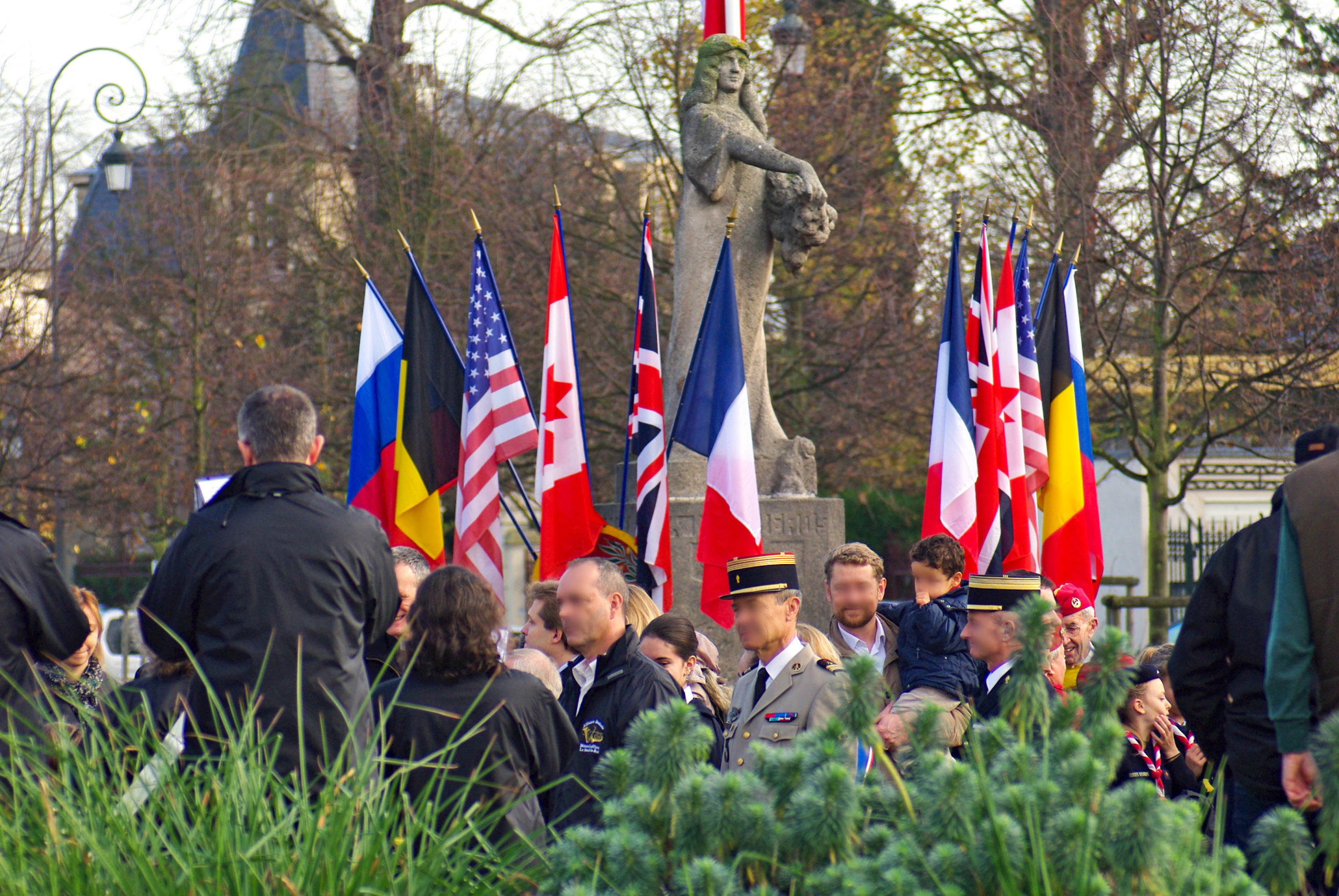










In 2012, a former Swiss business associate had sent me a potted plant of lily of the valley from France for May Day. I did not know its historical meaning back then. Now I do.
It took the plant five years to produce flowers on the balcony. I prefer them un-cut, because with each breeze, I get a whiff of them. Yes, I spend a good amount of time on the balcony. 🙂
Thank you Maria for your comment! What a great idea to leave the plant on the balcony! 🙂